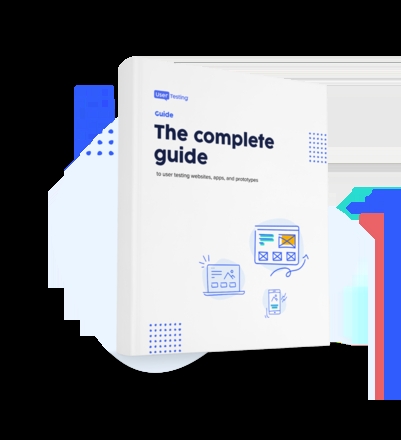
How to understand UX if you’ve been thrown in at the deep end

Digital product companies are increasingly realizing that user experience (UX) is critical to their bottom line. As a result, you might find yourself sorted into a new UX role at your job.
But… maybe you feel like you’re drowning. Just a little.
Here’s a secret: UX is very broad and there are many skills involved. Graphic design, front-end development, project management, content strategy, marketing and social science research are just a few. There is no single set of magic skills that qualify you to get started in UX. And many UX practitioners agree that formal degrees are not required to work in the field, so no worries there. Being an effective UX professional is more about your respect toward product users and your willingness to be curious.
You already belong in the UX world! Isn’t that comforting?
Of course, it can sometimes feel like a heavy weight to advocate for users’ success and happiness. You might be responsible for hefty product decisions with your data and insights, and that can be intimidating.
That’s why I want to help set you on a path of continued UX learning. If you’ve been thrown in at the deep end of UX, here is a four-step process for getting above water: assess your skills, talk to coworkers, talk to users, and invest your time in learning and improving.
1) Assess your skills
To broadly know how you’re going to approach UX, you might begin by assessing your strengths. How can you most easily help improve your company’s UX? You can start by narrowing your main focus to one of the big three: UX research, design, or development. Then list out specific skills from there.
Remember, UX is about understanding users and how to help them, which can take many forms. Maybe you are good at product management and you can document a killer UX process for others to follow. Maybe you are into data and analytics, and you want to dig into user behavior with numbers. Or maybe you are a developer who has been dabbling in accessibility. Run with it!
Start with your strengths and build up some wins while you get familiar with other aspects of UX.

Depending on the size of your team, you may need to operate as either a UX specialist (meaning you hone in on one aspect of UX) or a UX generalist (meaning you do a bunch of different UX things). Within a larger UX team, you might be a specialist, whereas If you are the lone UX voice in your company, you may be in generalist territory. It’s all good — but it’s helpful to know which skills to build based on what you can already do and what your company needs.
My personal background is in Human Factors Psychology and academic research, so my UX specialties out of the gate were designing research plans, interviewing users, and analyzing and presenting data. But I continue to learn new aspects of UX all the time to round out my skills based on what a given project needs from me.
2) Talk to coworkers
Once you have an idea of the skills you offer as a newly-branded UXer, I recommend talking to others in your company about known UX issues. If there is already a UX team, start there. But even if you are starting from scratch, many people will have insight into your company’s UX weak points. Ask around!
In her book The User Experience Team of One, Leah Buley calls this process of interviewing coworkers a ’listening tour.’ Others consider it ‘stakeholder interviews’. The benefit of having these conversations with coworkers is that you learn about others’ UX priorities and goals.
Here are some good questions to ask your coworkers:
- What are some common customer support issues?
- What is the current process for making decisions about new or redesigned features?
- What are some design questions that remain unanswered?
- What UX metrics does the company already collect about product use and customer happiness?
3) Talk to users
Your coworker conversations will have provided you with a set of topics or questions to begin investigating. Reach out to users in whatever ways you can! This could be chats with customers in the wild, chats over coffee, phone calls, video calls, surveys, focus groups, or whatever you can manage.

Talking to users doesn’t need to be scary or overly regimented. Sometimes opening a dialogue with users simply helps you build understanding and helps users put trust in your company.
Just be mindful of users’ time (keep it short and to the point!), listen more than you talk, and be curious and respectful about their experiences, and you will get valuable insights.
4) Invest your time in learning
There are a lot of helpful books and podcasts to help you learn new and relevant things.
There are also many online classes available. I often point new UXers in the direction of the Interaction Design Foundation. The IDF course instructors are very knowledgeable and the material is very well organized. (A membership costs money, but in exchange you have access to unlimited courses.)

There are also Twitter accounts, Slack groups, and in-person communities you could join. I encourage you to search around and see what meets your interests and needs.
And above all, welcome to the world of UX. Explore UserTesting University for comprehensive courses and training materials that can enhance your skills. Additionally, you can visit the UserTesting Resource page for a wealth of articles, guides, and case studies to help you get the most out of your user research efforts. You got this!

Get started with experience research
Everything you need to know to effectively plan, conduct, and analyze remote experience research.





